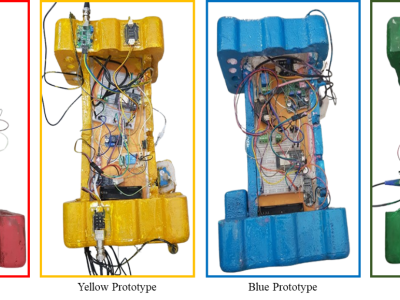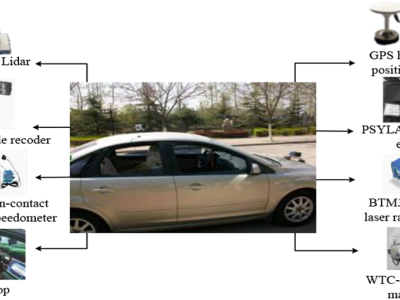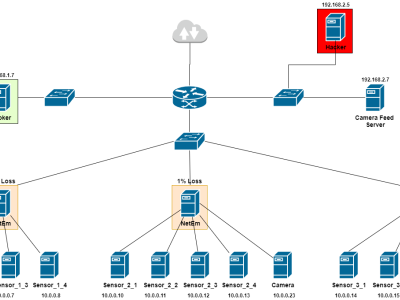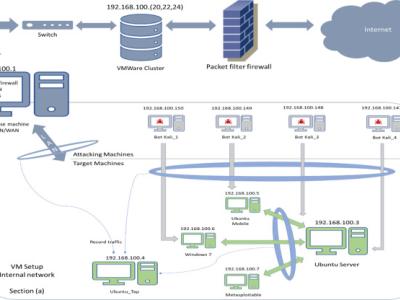Extensive and Intensive Aqua-fisheries dataset

- Citation Author(s):
- Submitted by:
- Mehedi Hasan Shuvo
- Last updated:
- DOI:
- 10.21227/5x62-1189
- Data Format:
 500 views
500 views
- Categories:
- Keywords:
Abstract
Bangladesh's aquaculture industry provides employment and food security. However, water quality management, disease control, and environmental monitoring continue to hinder aquaculture productivity and sustainability. This research uses IoT devices to create a comprehensive aqua fisheries dataset to solve these issues.The project uses IoT sensors and data collection methods to monitor water temperature, pH, dissolved oxygen, and turbidity in Bangladeshi aquaculture ponds. Aquaculture producers and stakeholders can remotely monitor and access data for timely decision-making due to the connectivity of IoT devices. Both extensive and intensive aquaculture environments have been chosen to collect the data.
The project uses comprehensive field experiments and data analysis to discover correlations between environmental conditions and aquaculture productivity to help stakeholders improve resource use and reduce environmental concerns. A unified database will store, organize, and analyze data, promoting Bangladeshi aquaculture research and innovation. This project should improve aquaculture management practices, boosting Bangladeshi fish producers' production, sustainability, and profitability. The dataset provided by this project will also benefit researchers, policymakers, and industry specialists, encouraging aquaculture collaboration and innovation.
Instructions:
Our research project is called "Development of an Aquaculture Environment Dataset Integrated with IoT Devices." This dataset goes with it. Its goal is to give a lot of information about aquaculture environments by using IoT devices to track and analyze things in real time.
Dataset Description:
The dataset consists of a compilation of environmental parameters that have been measured using Internet of Things (IoT) devices that were placed in aquaculture environments. Information is systematically collected at consistent time intervals and saved in different file formats, such as CSV, to facilitate convenient access and analysis.
IoT Device Information:
- Temperature Sensor: (The water temperature is a critical parameter in preserving ideal conditions for aquatic organisms.)
- pH Sensor: (Monitors the pH levels of water to ensure appropriate acidity or alkalinity for aquatic life and chemical processes.)
- Dissolved Oxygen (DO) Sensor: (Measures the amount of oxygen that is present in water, which is crucial for the respiration and metabolism of aquatic organisms.)
- Turbidity Sensor : (Measures the cloudiness or turbidity of water caused by suspended particles, aiding in assessing water quality and clarity.)
- Total Dissolved Solids (TDS) Sensor: (Quantifies the total amount of dissolved solids present in the water, including salts, minerals, and organic matter.)
Extensive and Intensive Aqua-fisheries Dataset Integration:
Integrate relevant data from existing extensive and intensive aqua-fisheries datasets, where applicable, to enrich the understanding of aquaculture environments. Highlight the complementary nature of the integrated datasets in facilitating comprehensive analysis and decision-making in aquaculture practices.
Data Collection Methodology:
We have collected real time data from both extensive and intensive aquaculture environment using IoT devices.
Potential Applications:
This data set can be used for both android and web based applications for monitoring aquaculture environment.
By adhering to these instructions, researchers can effectively contribute the aquaculture environment dataset integrated with IoT devices to IEEE Data Port, fostering collaboration and advancement in aquaculture research and management.










